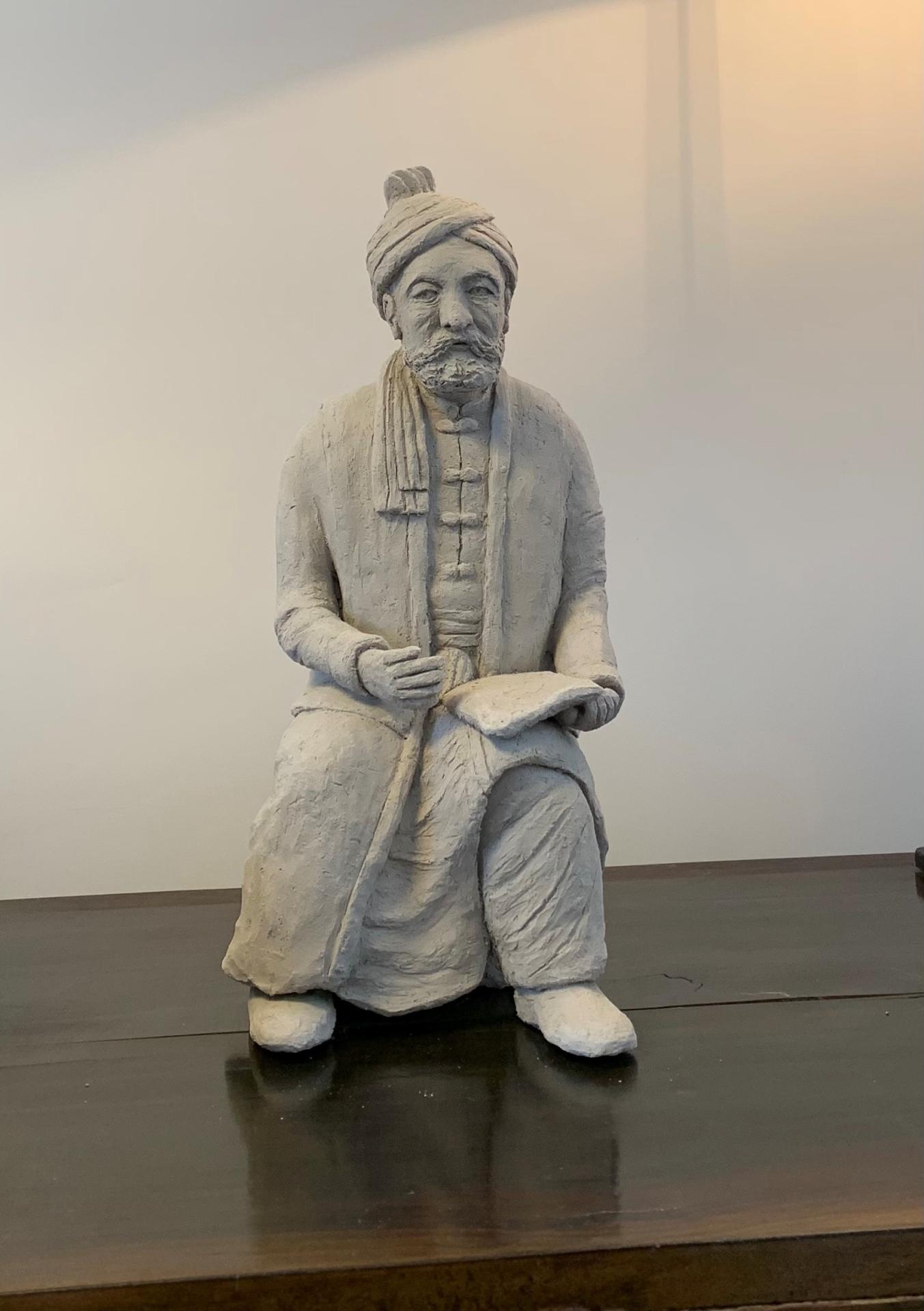Persian Miniature
from East to West
Persian Miniature
مینیاتور فارسی
Persian miniatures offer a vision of paradise that materializes in the garden, adorned with trees, where the seasons - autumn and spring - can coexist with fountains, silvery rivers, shimmering mountains and golden skies. The beauty of Persian miniature lies in its splendid colors and abundance of finely crafted details. The charm of the miniature lies in its elegance, light curves and refinement. Persian miniatures mustn't bother with perspective or too much realism: they're a gateway to dreams, to “the gardens of paradise”.
In Iran, in Asia and all over the world, there are traces of this art named « miniature ». During the XIIIth and XVIth centuries, many schools of Persian miniature developed, each of them having its own style. Persian miniature largely expanded: schools among the most famous were created in Tabriz and Herat and later in Ispahan.
More recently, the great Master Hossein Behzâd (1894-1968) became the leader of a new school of miniaturist painters. Influenced by western art which he discovered in the French museums, he introduced a new style of miniature and acquired an exceptional reputation among contemporary miniaturists. Greatly inspired by the miniatures of the Safavid period at his beginnings, he seeked to mix tradition and modernity.

by Claudine Gillot

Noe's arch by Hélène Barrieu, 2024

Battle scene by Gerard Verrouil, 2022
Thanks to the initiative of the great Iranian miniaturist Abbas Moayeri, the traditional art of Persian miniature painting began to be taught in France, and continues to be so today. Abbas Moayeri (1939-2020), born in Iran, was a student of Hossein Behzâd and his successor at the Tehran School of Fine Arts. He moved to Paris in the 1970s, where he sought to safeguard Iran's artistic tradition and pass on the unique art of Persian miniature. His grandiose hunting scenes are highly regarded by collectors and connoisseurs of Persian miniatures. As a painter and sculptor, he has won numerous distinctions and prizes and taken part in major exhibitions.

Majnun approching Leili's camp
by Gérard Verrouil

Warrior's rest by Hélène Barrieu, 2022

In the name of love by Ma Padioleau, 2024

Ferdowsi, grand poète persan
par Ma Padioleau, 2020

Rûmî, grand poète persan
par Ma Padioleau, 2024